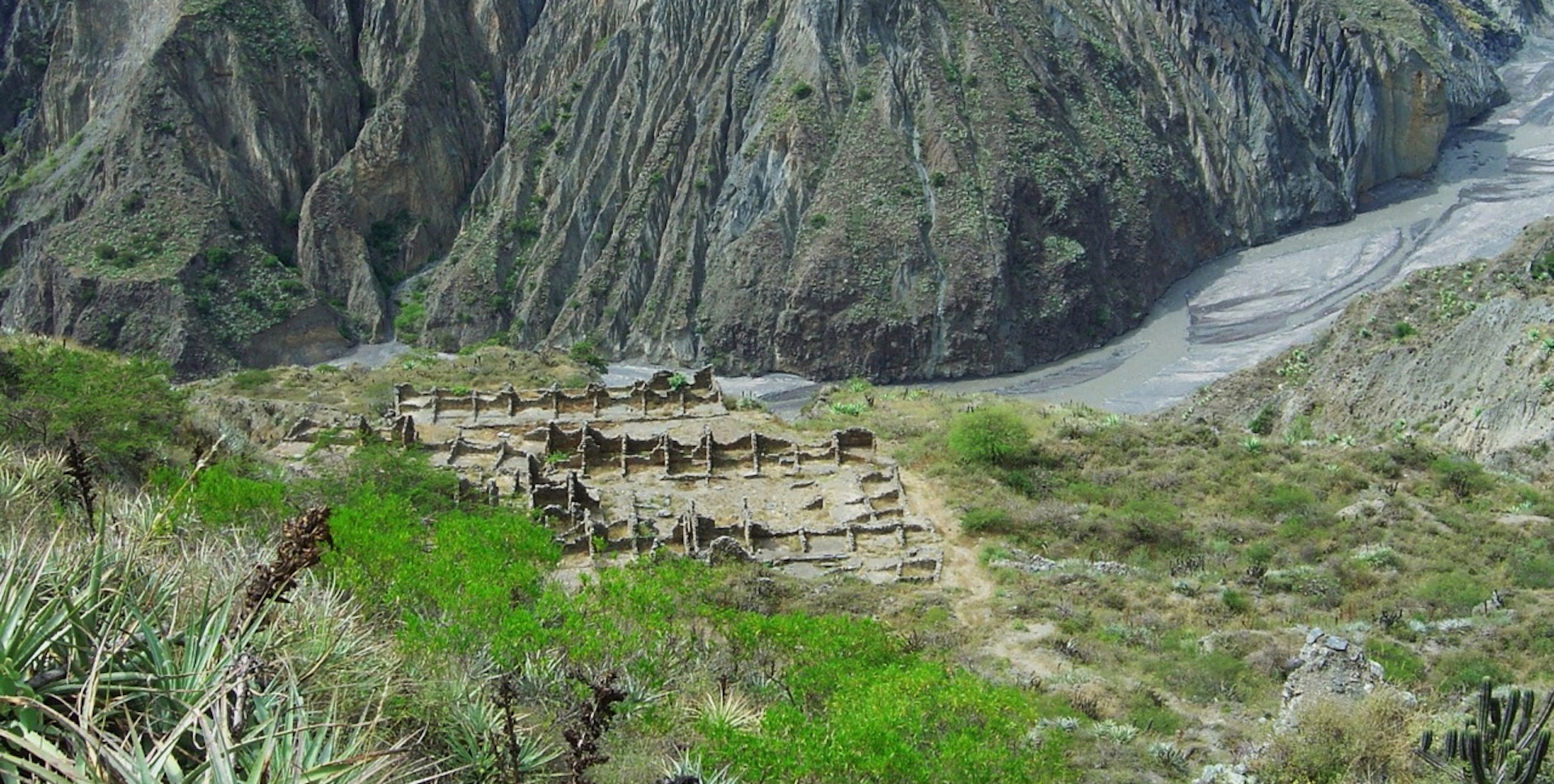
Classic technical climbing Chachacomani is one the rarely visited mountains in the Cordillera Real. Mainly due to the people from the area who did not want tourist either trekking or climbing in the area. Since 2010 the people have come around and released that tourism can bring additional income for their families. Since the area has only opened recently, the popularity of this mountains is still low. With easy access from La Paz, it’s just a matter time which will see more people attempting to climb this mountain.

Classic climbs in Bolivia The Condoriri massif consists of 13 different peaks. Requiring different climbing abilities depending on the mountain. Pequeño Alpamayo (5370m) is the most popular peak in the area and is a great mountain for acclimatizing. The highest peak in the area is the Cabeza de Cóndor (5648m), it is also one of the most demanding peaks in the massif. Cabeza de Cóndor is also known as Condoriri and is referred to as “the Matterhorn of Bolivia”. On the second part we move to Huayna Potosi (6088m), known as one of the easiest 6000m plus mountains to climb in the world. Deservedly one of Bolivia’s most popular climbs. Last is Illimani and is both the highest and the southernmost peak in the Cordillera Real. Visible from most of La Paz, Illimani is an imposing sight. According to local legend it is the Queen or Mother of the mountain range. Illimani has five peaks in total; three of them over 6,000m. It is a fairly demanding climb, but well worth the effort for the views of La Paz and the Cordillera Real, and the chance to summit Bolivia’s second highest peak. We also have to chance to see communities, largely untouched by modern society, Andean wild life and great views of the surrounding area.

The ruins of Iskanwaya are located on the edge of the Cordillera Real, 250m above the Rio Llica in the north of Bolivia. They are believed to be from the Mollu culture dating from 1145AD to 1425AD, so predating the Inca civilisation by a number of centuries. This large city was built on 2 platforms, and there are remains of more than 100 buildings, and a network of narrow streets and small plazas. The ruins are often referred to as the Machu Picchu of Bolivia for their impressive state of preservation and stunning situation. This culture tour can be used as secondary itinerary to acclimatise to the higher altitude before attempting any of the other treks or mountains near Sorata or La Paz.